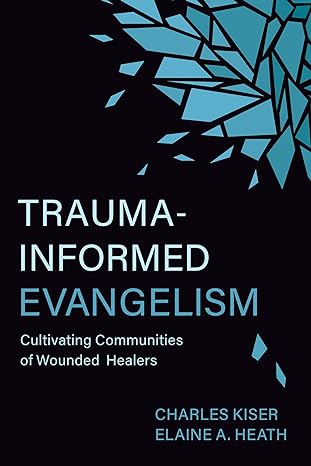St Patrick’s Day is upon us! Saint Patrick’s legacy runs much deeper than shamrocks and wearing green. He joined God’s mission in his day in innovative and inspiring ways. The following is an excerpt from the book, Trauma-Informed Evangelism: Cultivating Communities of Wounded Healers, co-authored by Elaine A. Heath and Charles Kiser. Charles Kiser has been part of Mission Alive since 2008 and was a church planter for the Storyline Christian Community. He is also an author, coach, and theologian who works at the intersection of religious trauma and postcolonial mission.
Patrick would arrive with his apostolic team, usually about a dozen people, including theology students, priests, and laborers. Ireland was made up of about 150 independent tribes who were fiercely loyal to their respective tribal kings. So Patrick would first approach the tribal king and try to gain a hearing from him, and even invite him to follow Jesus. At the very least Patrick wanted to get permission to set up camp with his team in proximity to the tribe’s camp. If the king was receptive, then his people likely would be too.
When a tribe’s king granted them access, Patrick’s team would begin to spend time among the tribe, having conversations with tribe members, engaging their culture, learning their stories, and interacting with their dominant symbols in relation to the story of Jesus. They would minister to people and pray for healing and help from God. They would look for those who were interested in relationship with them and spend more time with them. The missionary team would welcome those who were especially interested into their faith community for a season to worship, pray, and eat together. Some of their Irish neighbors would decide to become disciples of Jesus, and as they did, members of the missionary team would branch out with them to begin conversations with their family members and friends. Over time, if more people became disciples, they built a building for the new church to meet in and continue its ministry….
Patrick and his team ministered in this way for twenty-eight years. In that time they baptized thousands of Irish folk and planted approximately fifty-five churches, making disciples in thirty to forty of the 150 tribes in Ireland. Further, Patrick’s gospel had social ramifications: he was an outspoken opponent of slave trading, given his own experience of it, and in his lifetime slave trade largely came to a halt, and violent conflict between tribes significantly decreased.

